
Sign labels that can be printed with laser or ink jet printers in minutes and removed cleanly from most surfaces serve to notify, instruct, and even protect personnel in just about every area in a facility
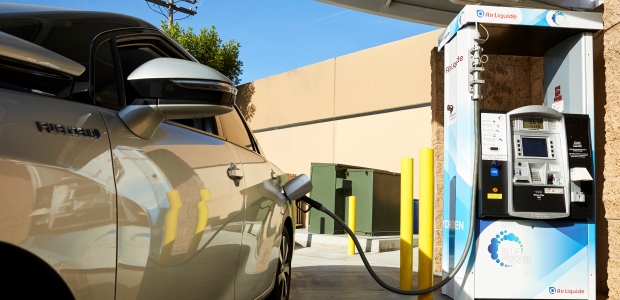
Hydrogen safety utilizes the same safety concepts as other flammables and cryogenics. Though it’s been around forever, we have only begun to understand its potential.
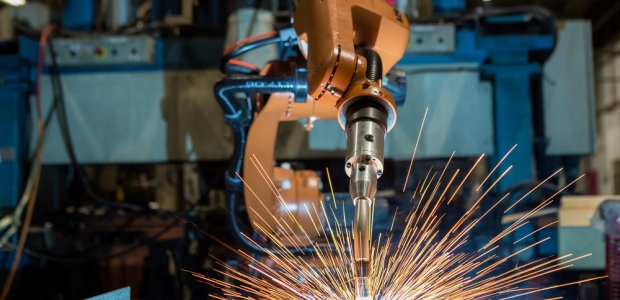
The combination of initial risk and risk reduction measures fixes the residual risk, thus simplifying the determination of residual risk and avoiding errors.
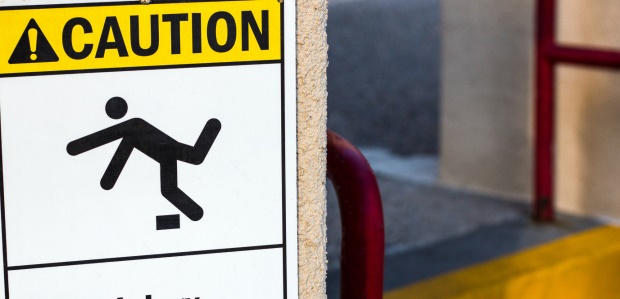
Falls impact more than the individual, so do what is prudent to reduce falls in your world and continue to educate yourself.

Choosing the right high-visibility clothing for the job per the ANSI standard is a good first step to preventing injuries on a work site. But workers must use the garments and care for them.

Keeping safety top of mind is embedded within today's construction organizations and starts with strong leadership.
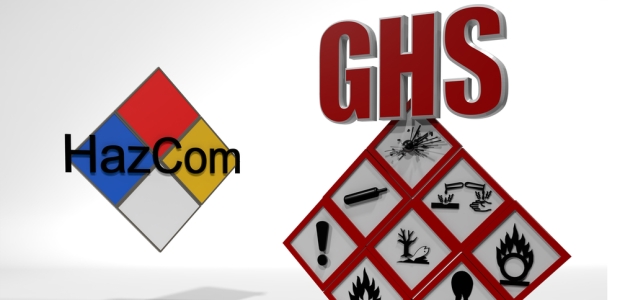
Knowing exactly what employees are assigned to do can help break down any communication barriers.
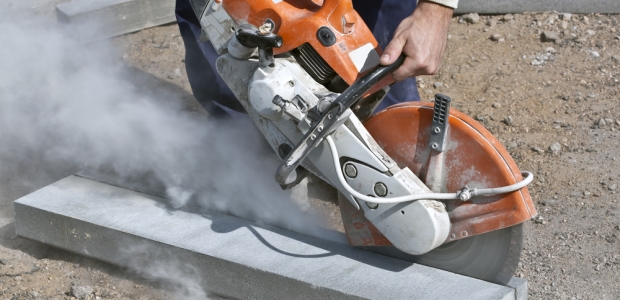
OSHA requires that engineering controls be used to achieve necessary exposure reductions unless infeasible; organizations may not simply issue respirators and "be done with" their attempts to lower exposures.
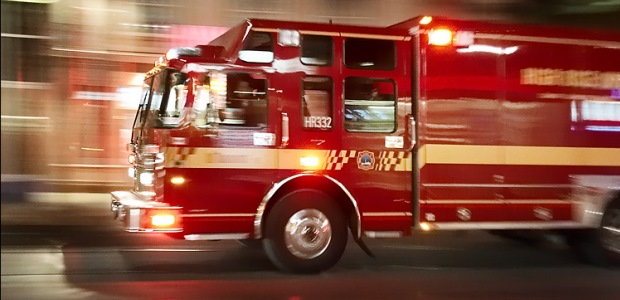
Cardiovascular disease, cancer, and chronic diseases are the first recommendation because stress is such a big factor affecting public safety workers' health.

Most of these preventative maintenance techniques can be rolled into routine good housekeeping plans. Others can be incorporated into regular and periodic safety inspections.

I have heard so many stories from workers who have credited wearing a hard hat with saving their lives.

Given that the United States represents 5 percent of the world's population and consumes 60 percent of the world's supply of illicit drugs, drug testing can be seen as an investment against the cost of low productivity.
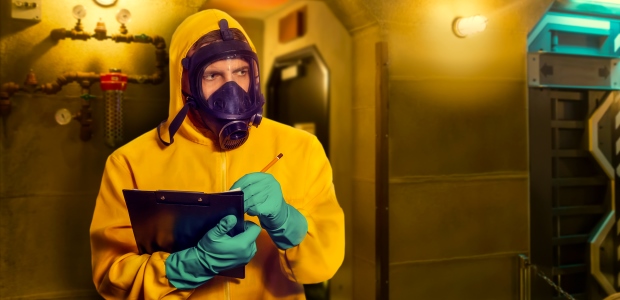
Different equipment protects against different risks. Ensure your equipment matches the risk.

One of the CSB's recommendations to FEMA following the explosion in West, Texas, was to fund training for fire departments on pre-incident planning for fires at facilities storing fertilizer grade ammonium nitrate.

It's not just about the quality of the training, but also the accessibility of the training.

Empowering employees to take responsibility and to get on board with the safety journey is a proven method of increasing engagement levels.

An observation program is a critical process that will provide the data to identify what and where risks are occurring.